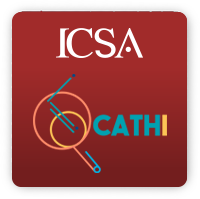Challenges of the researcher based on fieldwork about 'buchonas'
Abstract: This article aims to reflect on the digital ethnographic (cyberethnography or netnography) and visual ethnography (using images and videos) focused on the figure of the buchona, which is situated within the context of the of the narcoculture in northern Mexico. The approach begins with a g...
Saved in:
| 主要作者: | |
|---|---|
| 格式: | Artículo |
| 語言: | en_US |
| 出版: |
2025
|
| 主題: | |
| 在線閱讀: | https://doi.org/10.3390/socsci14040208 https://www.mdpi.com/2076-0760/14/4/208 |
| 標簽: |
添加標簽
沒有標簽, 成為第一個標記此記錄!
|
| 總結: | Abstract: This article aims to reflect on the digital ethnographic (cyberethnography or netnography) and visual ethnography (using images and videos) focused on the figure of the buchona, which is situated within the context of the of the narcoculture in northern Mexico. The approach begins with a general description of what is understood by narcoculture and its relationship with social networks; it addresses the representation of the buchona (a narcotrafficker's girlfriend) within the dynamics of Instagram. The article highlights the challenge of observing research subjects (buchonas) associated with violent and dangerous environments (narcotrafficking), which requires alternative strategies that ensure the researcher’s safety while maintaining an ethical and rigorous perspective in interpreting empirical data as a phenomenological exercise. The discussion is framed by two main points: on one hand, netnography is considered a useful and necessary method since the scenarios being observed take place on Instagram (posts). As a result, this social network is embedded within the prevailing needs of the new youth in Mexico and the world, where visual content is central to its importance and impact. On the other hand, the article uncovers opportunities linked to the data collection and interpretation process, as a methodological challenge within cities facing security issues. |
|---|
